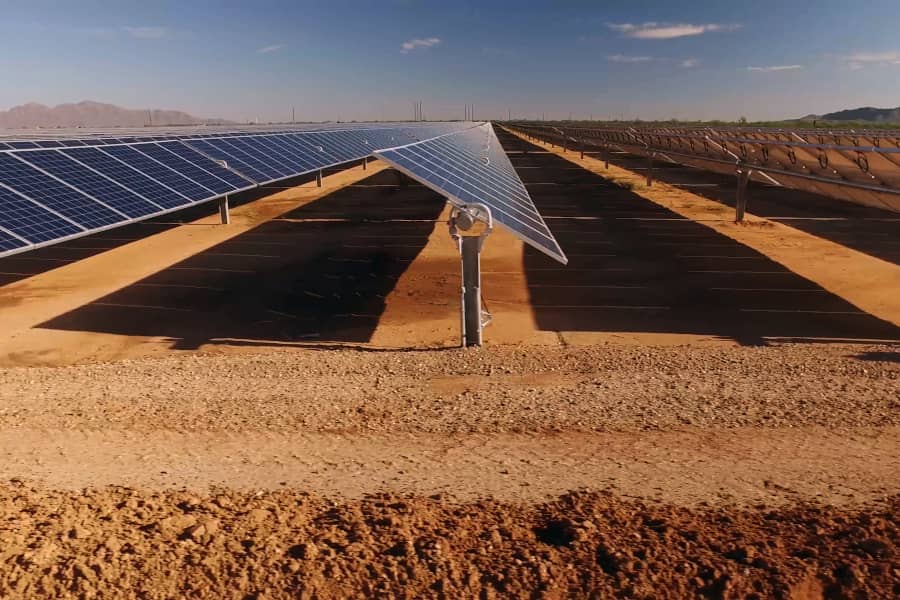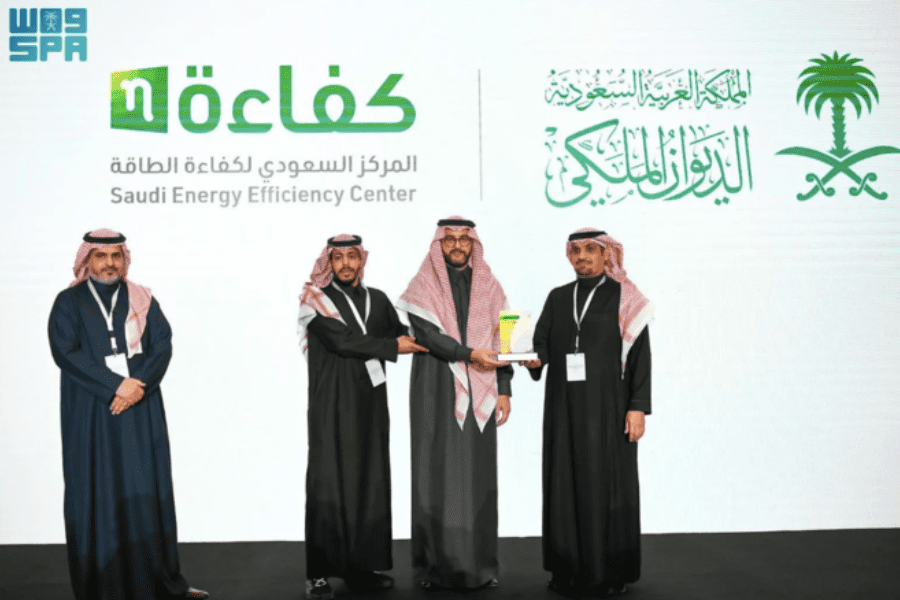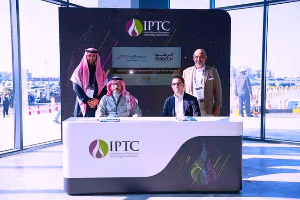Leading the Charge? The potential for utility-scale battery storage in the Middle East

Tom Swarbrick and Oliver Irwin from Bracewell discuss the challenges to implementing battery energy storage on a utility-scale.
The Middle East is at the vanguard of global renewable energy development. Mega-projects are exponentially larger with every passing year. Tariffs in 2020 are a fraction of what they were only three years ago.
The energy transition in the region is driven primarily by wind and solar power. Although abundant, they are not available around the clock. The next frontier for energy development in the Middle East must therefore be battery storage; allowing charging during periods of generation and discharging when the wind has stopped or the sun has set.
The market has been excited about battery storage for some time. The technology has developed rapidly and costs have reduced significantly. Tesla, probably the biggest name in the market, has operational projects in the UAE, Qatar and Jordan. The Al-Dhafra solar IPP scheme in Abu Dhabi included an optional bid for battery storage.
However, there are significant issues to address before we see widespread deployment of battery technology on a utility-scale. In this article we discuss two of these challenges. Firstly, legislative frameworks are generally not suited to the unique features of this new and fast-developing technology. Secondly, it is not yet certain that battery storage projects can generate the predictable revenue stream required to support project financing.
Current Legal Framework
The energy transition, from fossil fuels to sustainable energy, is inexorable. It is generally considered to be a beneficial development but gives rise to two considerable difficulties: grid stability and intermittency of supply. The first of these is felt particularly acutely in emerging markets with underdeveloped electrical infrastructure.
Battery storage will help to resolve these problems. However, regulation of the battery storage market will be critical to attracting the investment required for battery technology to have a significant impact.
Legal systems around the world invariably struggle to keep pace with technological innovation. There have already been examples which demonstrate how regulatory approaches will need to adapt to the particular features of battery technology.
For example, the nature of storage, in both charging and discharging electricity, may mean that a storage facility is treated both as a consumer and a generator of electricity within traditional energy frameworks. These frameworks generally have a strict division of licencing into generation, transmission, distribution and supply. In the United Kingdom, this led to the unintended consequence of electricity storage facilities finding themselves subject to a double charge under the balancing and settlement code for both the import and export of electricity. Recognition of the characteristics of an energy storage facility in regulatory frameworks is therefore required in order to exempt storage from certain obligations or to adjust these obligations to accommodate the technology’s particular characteristics.
In the Middle East, a key question is whether energy storage assets should be tendered on an independent power producer (IPP) basis or be directly procured and form part of the state’s transmission system. There is no right answer. In our view, procuring authorities will need to establish the function which the assets will perform in the market and then evaluate the optimal revenue model accordingly. In mature markets, storage systems have been used to arbitrage price differences in the power trading market. In this function, they have traditionally been independent of grid network ownership. This approach will not be feasible in emerging markets, given the lack of liquidity in power trading markets. The role of the energy storage system will more often be to enhance grid stability.
Money is Power
The IPP model of procurement has been hugely successful in the Middle East for procuring energy and infrastructure projects. However, it is dependent upon a predictable revenue stream from a creditworthy offtaker.
In our view, there are three main obstacles to bankability of battery technology on a utility-scale. The first is a lack of clarity in respect of long term revenues. Battery storage is capable of fulfilling a number of functions today: grid balancing, fast frequency response and short-term capacity provision. But nobody can say with any certainty what services the market will support beyond the next five years (nor how those services would be compensated).
The second obstacle is an inherent tension between debt and equity. Unlike traditional project financings where assets are limited in their application (which suits debt providers, whose return is limited to loan interest), an energy storage system must be given the flexibility to operate in a variety of service roles (which suits shareholders, whose return on their investment is, in theory, potentially unlimited). For sponsors of battery storage projects, the ideal covenant package in their loan agreements would expressly permit all potential uses of the battery.
Finally, although the pace of development has been rapid, lenders are generally (and naturally) hesitant to fund into new technologies. Most reference battery projects have been constructed in temperate OECD countries. Even there, the market is cautious about the performance of battery storage in the medium to long term. Stakeholders in the Middle East market have cause to be even more tentative, given the extremes of heat and humidity for a large part of the year.
A Positive Outlook?
The emergence of battery technology shares a number of features with new technologies which have come before. In the early days of solar, for example, costs were high, manufacturers were few and the technology was slow to gain traction. Now, the market is highly competitive and solar energy is absolutely integral to the energy transition in the Middle East region. We expect that battery storage will become an equally critical component of the region’s collective embrace of low carbon power generation technology.
Tom Swarbrick (Partner, Dubai)
Oliver Irwin (Partner, London)
Bracewell LLP recently acted as lead international counsel to Fotowatio Renewable Ventures in relation to the Contego battery storage project, to be developed with Harmony Energy. The project will be Tesla’s largest in the United Kingdom.
Energy & Utilities - Middle East and Africa Market Outlook Report 2024.
This must-have report for industry players offers a thorough understanding of the latest developments, challenges, and opportunities in the region, supported by data, analysis, and expert insights.








